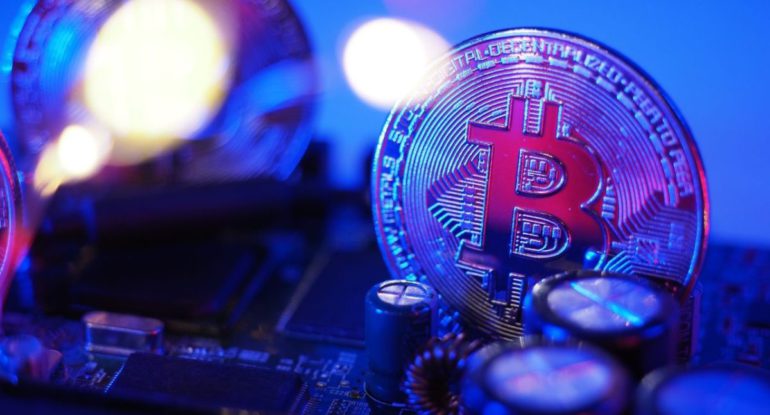New way to quickly send U.S. dollars worldwide via Blockchain

There’s a new, low-cost way to send digital money from the US to anyone globally without using a bank. It’s also bitcoin-based.
On Tuesday, the Taro protocol was released by Lightning Labs. This blockchain-based business will allow fiat-pegged stablecoins and other digital assets to be routed through the bitcoin monetary network. The project is still in its early phases of implementation.
Taro uses Lightning, a payments technology developed on top of bitcoin’s fundamental layer that enables global, high-volume, near-instantaneous, and low-fee transactions while maintaining the bitcoin blockchain’s security.
“It’s one of those things where people don’t grasp how the credit card system works – and it simply works,” said Lightning Labs CEO Elizabeth Stark. This ‘layer two’ payments network is typically used to make sending and receiving bitcoin easier. Still, Lightning Labs has chosen to broaden the technology’s use case to allow other types of virtual money.
Lightning Labs just announced a new protocol called Taro.
The goal is to build a “new Taproot-powered protocol for issuing assets on the bitcoin blockchain that can be transferred over the Lightning Network for instant, high volume, low fee transactions”https://t.co/WQN9B9hhif
— Pomp 🌪 (@APompliano) April 5, 2022
“With this technology, you could channel all of the world’s currency through bitcoin,” Stark remarked. “For example, people will be able to move seamlessly between bitcoin and a USD stablecoin, or a peso, euro, or yen.” “They can also mail them anywhere globally, instantly, and for a meager cost,” she continued.
Our WCW Elizabeth Stark is the CEO of Lightning Labs, We at Convexity appreciate such innovator.
Learn more https://t.co/d0uxkIKZ2u#wcw #blockchain #solutions #innovate pic.twitter.com/XMX7O0vGQD— Convexity (@withconvexity_) April 6, 2022
What is the mechanism behind it?
The asset class bitcoin exists along with the global interoperable bitcoin monetary network. Lightning Labs is riding on the latter’s coattails. Taro’s payment workflow combines the SWIFT financial messaging technology (communication layer) and correspondent banking (routing component).
The approach highlights one of bitcoin’s most valuable assets: the currency’s high level of network decentralization, which is a critical component of its security. On the bitcoin network, all nodes must generally agree to confirm a transaction, and every transaction on the blockchain must be validated. However, it is slow (the bitcoin base layer averages five transactions per second) and can be expensive.
Also, read – Which is the best blockchain for creating a DAO?
Not all network participants must agree on the Lightning Network. In contrast, nodes only validate transactions with which they are actively engaged. It’s critical to make that distinction. Lightning, can perform hundreds of thousands of transactions per second.
Then there’s the matter of the cost.
“Lightning transactions can be fractions of a penny…while a bitcoin transaction at the core protocol layer can be significantly more expensive,” noted Alyse Killeen, founder and managing partner of bitcoin-focused venture firm Stillmark.
In 2021, Twitter implemented lightning tipping, and the technology is already in use in places like El Salvador, which became a bitcoin legal tender in September of that year. According to Lightning Labs, the Taro protocol is a big step forward in Lightning’s potential to serve as the internet’s primary value transfer mechanism.
“We’re particularly interested in the fiat and stablecoin components since we’re fairly big into emerging markets,” Stark noted. “That is a subject that we are passionate about. There has been a lot of adoption and yearning for it.”
The ultimate goal is to create a frictionless on-ramp to the global economy that only requires a cell phone to incorporate as many people as possible. Lightning Labs is releasing the Taro protocol’s technical standard to include developer feedback as it continues to improve the protocol. Lightning Labs recently concluded a $70 million Series B financing led by early Tesla and SpaceX investor Valor Equity Partners.




























































